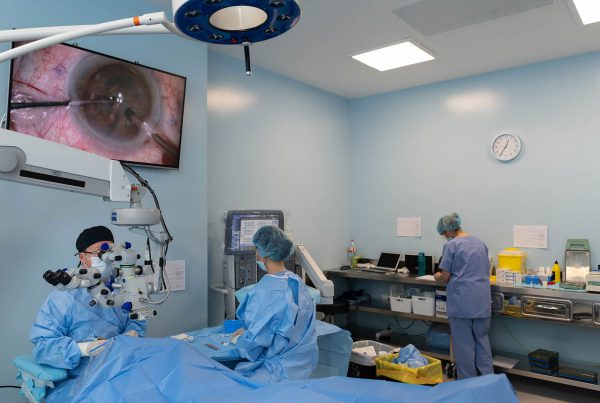Objective To investigate the ability of 28 blind subjects implanted with a 60-electrode Argus II (Second Sight Medical Products Inc) retinal prosthesis system to detect the direction of a moving object.
Methods Blind subjects (bare light perception or worse in both eyes) with retinitis pigmentosa were implanted with the Argus II prosthesis as part of a phase 1/2 feasibility study at multiple clinical sites worldwide. The experiment measured their ability to detect the direction of motion of a high-contrast moving bar on a flatscreen monitor in 3 conditions: with the prosthesis system on and a 1-to-1 mapping of spatial information, with the system off, and with the system on but with randomly scrambled spatial information.
Results Fifteen subjects (54%) were able to perform the task significantly better with their prosthesis system than they were with their residual vision, 2 subjects had significantly better performance with their residual vision, and no difference was found for 11 subjects. Of the 15 better-performing subjects, 11 were available for follow-up testing, and 10 of them had significantly better performance with normal rather than with scrambled spatial information.
Conclusions This work demonstrates that blind subjects implanted with the Argus II retinal prosthesis were able to perform a motion detection task they could not do with their native vision, confirming that electrical stimulation of the retina provides spatial information from synchronized activation of multiple electrodes.
Source: Archives of Ophthalmology, Feb 2013.






